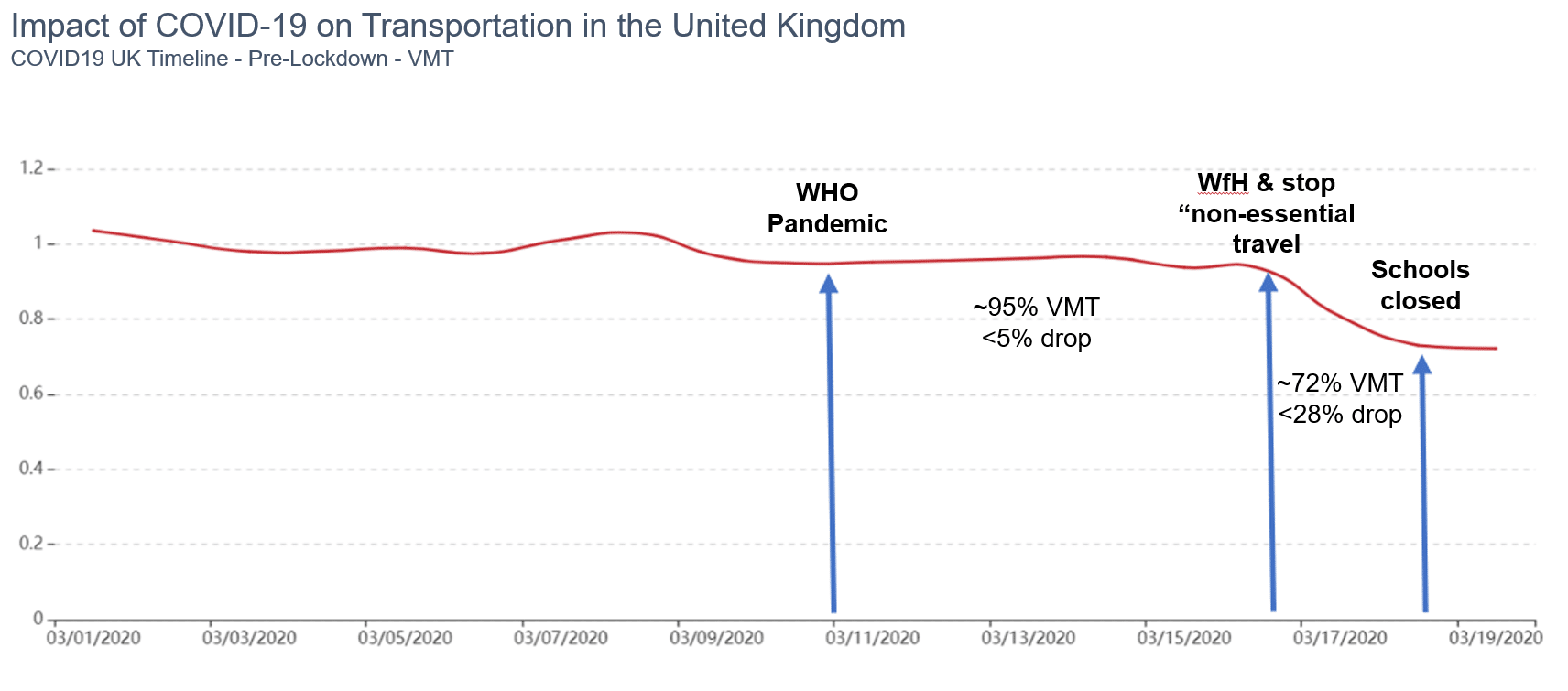New Study Reveals that Urban Population Growth and Rising GDP are Key Trends that will Significantly Impact the Future Economic Costs of Congestion
KIRKLAND, WA, USA – 14 October, 2014: INRIX, Inc., a leading international provider of real-time traffic information, transportation analytics and connected driver services, today announced that the combined annual cost of traffic gridlock in Europe and the US will soar to $293.1 billion by 2030, almost a 50 percent increase from 2013, driven mainly by urban population growth and higher living standards as a result of increased GDP per capita. Over this period, the total cumulative cost of traffic congestion for these economies is estimated to be a staggering $4.4 trillion. This is according to a new study by INRIX and the Centre for Economics and Business Research (Cebr) into the future economic costs of gridlock in France, Germany, the UK and the US between 2013 and 2030.
“This report shows that advanced economies could be heading for ‘car-maggedon’,” said Kevin Foreman, General Manager, GeoAnalytics, INRIX. “The scale of the problem is enormous, and we now know that gridlock will continue to have serious consequences for national and city economies, businesses and households into the future.
“Improving public transport infrastructure may provide more choice for travelers, but it won’t solve the problem. Technology innovations like multi-modal routing and real-time traffic in connected cars and on mobile devices should be adopted more widely, helping to create smarter cities worldwide.”
Of the four countries studied, the UK economy will see the largest overall increase in the annual cost of congestion, rising from $20.5 billion in 2013 to $33.4 billion in 2030 (63 percent increase), followed by the US (50 percent increase), France (31 percent increase) and Germany (31 percent increase). The cost of congestion is calculated from direct costs, such as the value of fuel and the time spent in gridlock rather than being productive at work, and indirect costs, where higher freighting and business fees from company vehicles idling in traffic can pass on additional costs to household bills.
Cebr also looked at the annual cost of congestion for the most gridlocked cities in each of the countries studied. These cities are London, Los Angeles, Paris and Stuttgart. The combined city economy-wide costs will rise from $46.6 billion in 2013 to $75.9 billion in 2030 – a 63 percent increase in the cost imposed on these cities as a result of traffic congestion. Londoners face the biggest impact, with the cost of gridlock increasing by more than 70 percent between 2013 and 2030, costing the London economy $14.5 billion in 2030 and more than $200 billion over the entire period.
In terms of the cost of congestion for individual households country-wide, Cebr found that road usage, measured as the total passenger vehicle miles travelled per annum, is expected to increase on average by 19 percent across the four countries. This is expected to result in a 6 percent decrease in the average congested speed during peak periods, thereby increasing the time wasted in traffic congestion and increasing the overall individual cost of gridlock to households.
British drivers face the largest increase in annual hours wasted over the forecast period, and as a result UK households face the highest annual cost of congestion in 2030 at $3,217. Although the US will see a 33 percent increase from today, households will still enjoy the lowest cost in 2030 at $2,301. The US has the lowest annual hours wasted, resulting in US drivers wasting less fuel and time.
In terms of the cost of congestion for individual households at the city level, Cebr found that there will be an average increase of 21 percent in total passenger vehicle miles travelled between 2013 and 2030 across the cities studied. As a result, the average congested speed during peak periods is expected to decline by 11 percent, thereby increasing the number of hours wasted annually by commuters and driving up the cost to individual households as a result of idling in traffic.
These findings suggest that Parisian car commuting households will experience the largest annual cost increase at 51 percent between 2013 and 2030. But Los Angeles households are expected to incur the highest overall annual cost at $8,555 in 2030. This is due to Los Angeles having the largest percentage of people commuting by car at 67 percent. Los Angeles also has the highest number of cars than any other city examined at 4.5 million. The confluence of these factors contributes to an expected 16 percent increase in annual hours wasted between 2013 and 2030.
Key Trends Impacting the Future Rise of Congestion
The study concluded that coupled with the return of growth to the western economies and the continual rise in urban populations, these findings anticipate a significant increase in the demand for road travel, which in-turn will increase congestion and its associated costs year-on-year up to 2030.
The different increases across the advanced economies studied can be explained by the different mix of changes in the demand-side trends of road usage, which has different impacts on the amount of wasted time spent in congested traffic. The key drivers of demand for road usage are population growth, GDP per capita growth, changes in the cost of motoring and car ownership.
For more information on the key factors driving up congestion and the associated economic costs in each country, please view the full report at: www.INRIX.com.
–ENDS–
About Cebr
The Centre for Economics and Business Research (Cebr) is an independent consultancy which provides analysis, forecasts and strategic advice to major multinationals, financial institutions, government departments, charities and trade bodies. Since its foundation in 1993 by former CBI and IBM Chief Economist, Professor Douglas McWilliams, Cebr has been ‘making business sense’ by applying theoretical economics backed by quantitative evidence to real world decisions for private sector firms and public sector organisations. www.Cebr.com.



